ShotSpotter technology installation comes to Bakersfield
A Shotspotter expert on duty at the SST incident review center, in newark, ca montitoring screens for live gunshots
January 28, 2018
Bakersfield City Council approved a plan on Jan. 10 to install ShotSpotter Technology (SST), a gunfire sensor detection system that alerts police of live gunfire within less than a minute. The technology will be installed in 70 areas throughout Wards 1 and 2 in Bakersfield. The SST technology is meant to address gun crime and gang violence as it happens, and may help reduce this type of crime in some of the most vulnerable and hardest hit areas in Bakersfield. The goal is to make these neighborhoods much safer for the families that live there, by eliminating firearm discharge, and arrest and prosecute criminals who do it.
Bakersfield’s SST two-year pilot program will be funded by the Department of Justice (DOJ) through a $430,000 government grant, known as Project Safe Neighborhoods (PSN) and the Violent Gang and Gun Crime Reduction Program.
SST sensors will be strategically placed in designated “hotspot,” areas that are deemed high-risk areas for gun violence. Approximately 20 sensors will be installed 20-30 feet in the air, on top of utility poles, light poles, and buildings, in a three-square mile radius from Brundage to California Avenue, Chester to Martin Luther King Jr. Boulevard, and through Old Town Kern to Bernard. Each waterproof sensor houses a microphone, GPS, memory and cell ability, which transmits gunshot data, to a processing center in Newark, CA, where the sounds are evaluated by experts. Once data is confirmed as live gunfire, officers are alerted via an app on their handheld cellular phones and patrol vehicle’s dashboard console systems. Responding officers are provided with a GPS coordinate that deciphers both location and address, which is represented by a red dot on the map, showing the layout of the neighborhood. This allows an almost pinpoint accuracy, within a proximity of 10 feet from where the shooter’s position is. The system will also provide situational data, such as types of weapons fired, how many shooters, which way the shooter or shooters are traveling, and allows officers to be tactically prepared before they arrive at the scene. The system can increase officer safety and assist in the apprehension and arrest of the shooter(s) within minutes of a shooting.
City Council member Willie Rivera, who presides over ward 1, where some of the most active and dangerous hotspots have been identified, said the SST gives officers the ability to respond in a timely manner, and to be aware of what they might encounter at the scene. He said, unlike in the case with 911 calls, where gunshots are reported, but where there is a higher likelihood of many unknowns about a shooter scenario, such where the shots occurred, can take valuable time away from officers, who may be looking in the wrong area for the shooter(s). This delay gives the shooter the advantage. They can harm someone else or escape arrest, according to Rivera. Additionally, 911 calls may not be able to provide the vital information needed to make on-the-spot decisions that are key to enhancing the greatest approach to apprehension of the shooter(s). “So, this [SST] removes the human element of trying to determine where something occurred,” said Rivera.
With approximately 8,415-gun related incidences that occurred in California over the past two years, almost half of those incidences resulted in someone dying, and approximately 456 were children, according to Gun Violence Archive’s statistics, which collects crime data from law enforcement and government sources, additionally, “Firearms have consistently been the most common weapon used in homicides,” in California, according to the DOJ annual crime report.
Rivera isn’t just a city council member; he is also Chair of the Safe Neighborhoods Committee and has worked with Council members Chris Parlier of Ward 7, and Andrae Gonzales of Ward 2, for nearly two years, to get SST installed in Bakersfield. Rivera said. “It was Parlier who really championed it [the push for SST] over that time and staff did a great job in being creative enough to find funding for it,” said Rivera, who didn’t want to take all of the credit.
Two BC students and a vendor on BC campus supported the technology, although one had privacy concerns and the other two had concerns about how criminals who might try to get around the technology and still commit their crimes. Marisol Santiago, 47, co-owner of Pita Paradise, a vendor on campus, likes the idea of immediate response to the scene. Conversely, she was concerned that microphones could listen in on more than just gunshots, even though she supports this kind of technology, she has her reservations. Nevertheless, she said that she “wants what’s best for the community” and knowing what happened and who did the shooting would be helpful to solving gun crimes.
Karrington Jones, 18, a BC student and BC College cadet said, individuals may be deterred from shooting in an area they know it under surveillance, however, they may resort to an “undercover” method to accomplish this type of crime. He also said that with this technology it makes it easier to solve more crimes. Taking the pros and cons into consideration, Jones said, “It’s an idea that might work, but you just have to test it and see.”
Another BC student, Christian Guiterrez, 34, is also a military veteran, and agrees with Karrington about criminals resolving themselves to other means to carry out their crime and said it was important not to disclose the exact locations of the sensors. Guitterez said, “We will have to see how the technology works,” and feels that government funding will give the city that ability to make an eyes wide-open decision on whether to continue the technology after the pilot program ends.
According to an article on the American Civil Liberties Union’s (ACLU) website regarding SST technology in 2015, Senior Policy Analyst, Jay Stanley, wrote, “Gunshot detection in a city does not implicate any significant privacy interests … the key question remains whether the technology can record voices.” Stanley sat down with their CEO Ralph Clark to discuss his concerns. He writes, “The biggest [concern] may be that audio from live microphones is stored for days. Storage of any data always raises the specter of security vulnerabilities, and we just don’t know what uses or abuses of such data may emerge down the road.”
Stanley mentioned a court case in which recorded conversations were detected on the gunshot soundbite from a crime scene, that SST sensors had picked up. The recordings were used to convict a killer, whose victim called out the killer’s nickname, as he lay, dying.
However, Clark said that the units are not a “live audio stream.”
They are designed to be triggered by “gunshot-like noise”, and not voices. Once the microphones in the sensors are activated, the unit will continue to record even up to a couple seconds after gunfire ceases, and that’s when voices, if present, are picked up, by default, “just after gunshots,” while the unit is still recording.
As far as privacy, Stanley wrote that Clark said that all of the data on the sensor unit’s memory is recorded over on a continual basis, approximately every couple of days. The data that they do keep, pertains to gunfire recordings that they analyze and have pulled from the unit.
Stanley’s final opinion was of concern. He recommended to “shorten their retention periods … and for the company to make their source code public.
Stanley wrote, “It is a very sensitive thing to place microphones in public spaces, and while I personally believe what Clark tells me about the focus of his system, and his company’s incentives to keep this technology narrowly focused on gunshot detection make sense, that’s not enough. The assurances Clark is providing, on the other hand, if they’re not rigorously entrenched into law, practice, and expectation, may disappear over time. Clark will not be the only CEO and Shotspotter may not be the only company overseeing such microphones.”
He suggested how to address this. He writes that each city that installs the technology should implement an “auditing mechanism that would work for such technologies, such as having an accounting firm (paid for by the city) doing the kind of review and monitoring that would assure populations of the narrow focus of these microphones.”
He concluded, “I am not losing sleep over this technology at this time. But I am concerned over the precedent of allowing our cities to be sprinkled with live microphones that are not subject to transparent operation, and where that will lead over coming years and decades.”
Over 90 other cities across the nation have already installed the gunshot sensitive technology, and sister cities in California include to date, East Palo Alto, Fresno, Sacramento, Salinas, San Francisco, Oakland, Redwood City, Richmond, Sand Diego, San Pablo, and Stockton.
The SST costs between $65,000 and $95,000 per square mile, annually. Cities like Sacramento, use capital from the seized assets of criminals, to pay for operational expenses. Because Bakersfield is only in the testing phase and its being covered by a government grant for the next two years, city officials and law enforcement’s main focus is to see how the technology works for the city and its residents. Rivera says that the main focus right now is to see how SST can work, and after analyzing the outcome, they will have a better idea on how to move forward.
Cal State will be instrumental in reviewing the technical data from the program to determine its overall effectiveness at the end of the two-year pilot date, according to Rivera.
SST installation and operation are expected to be completed no later than May of this year.


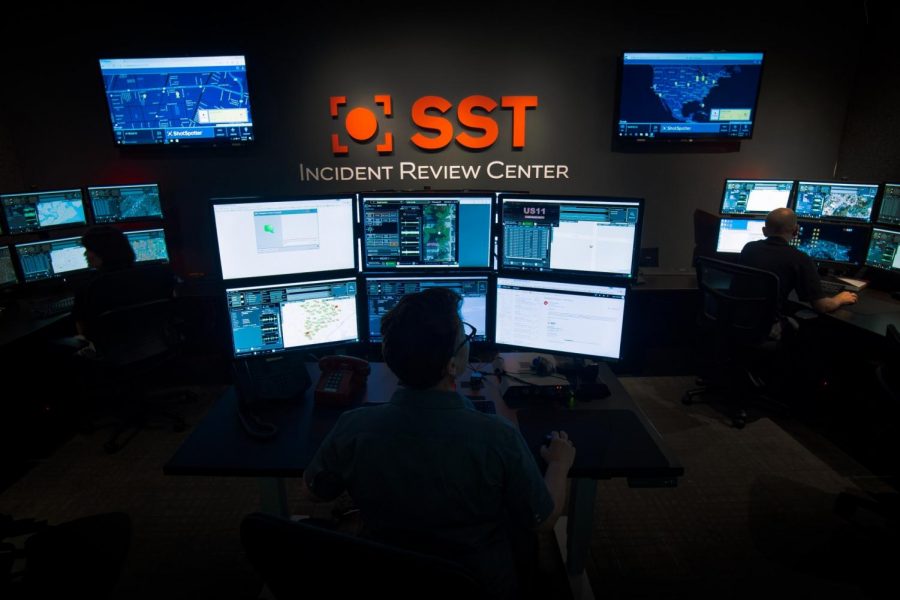
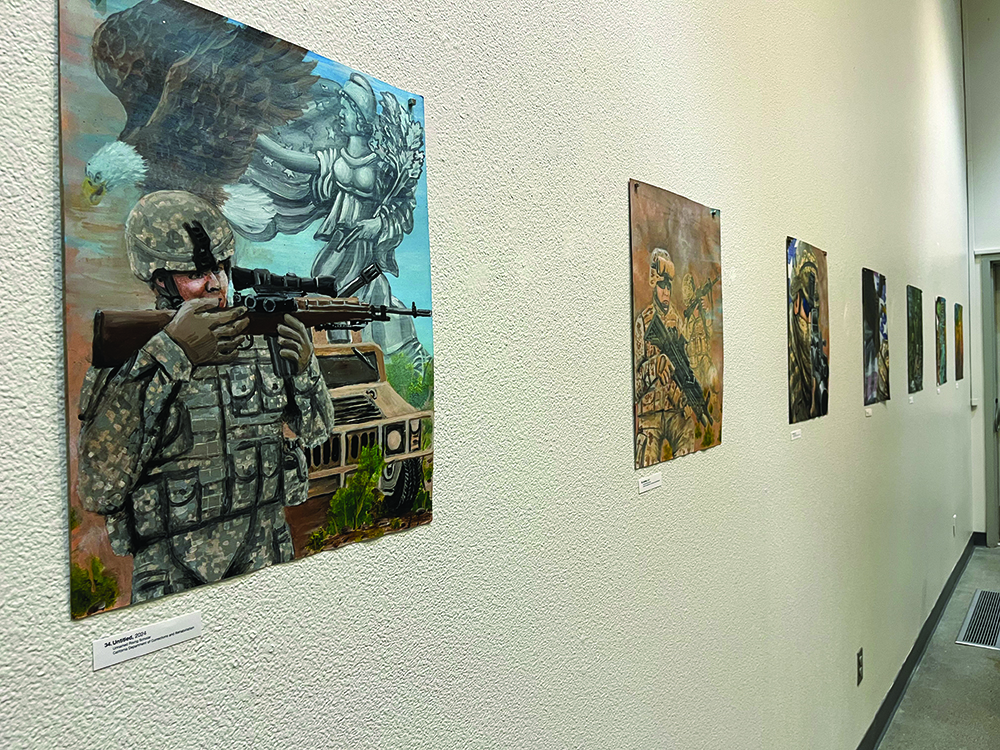


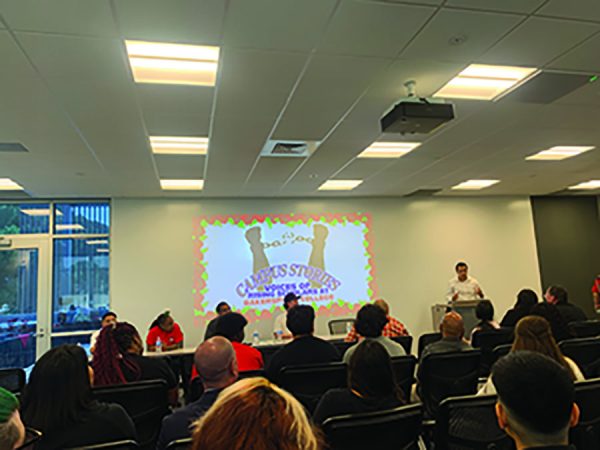
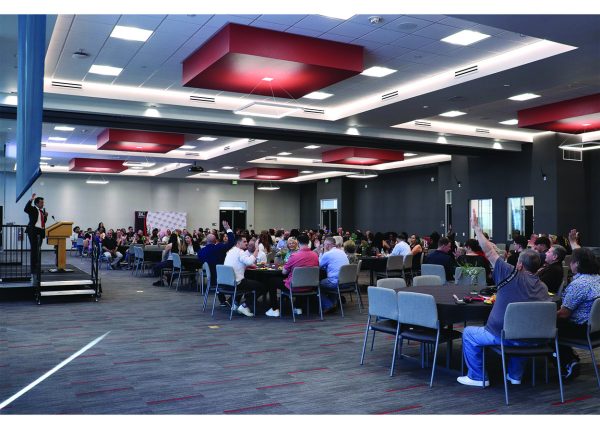
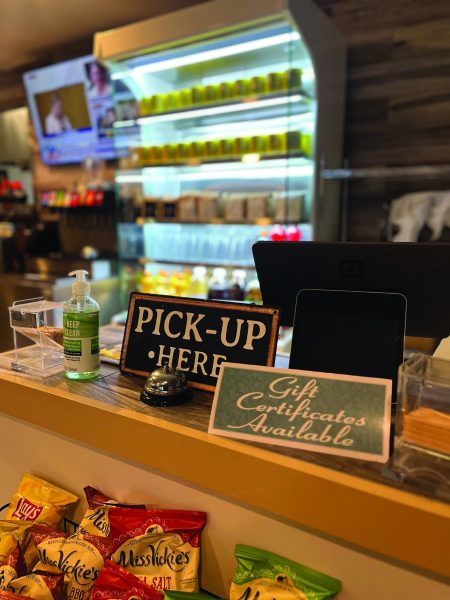
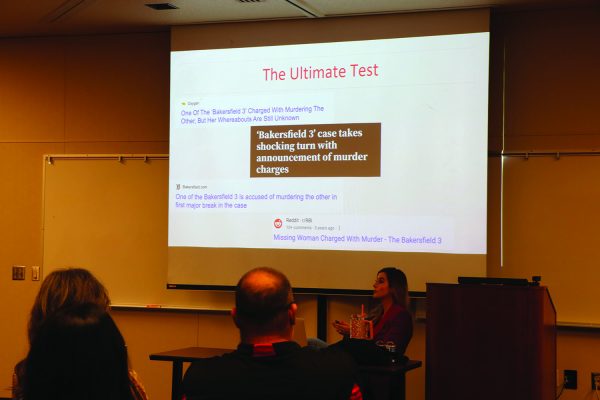
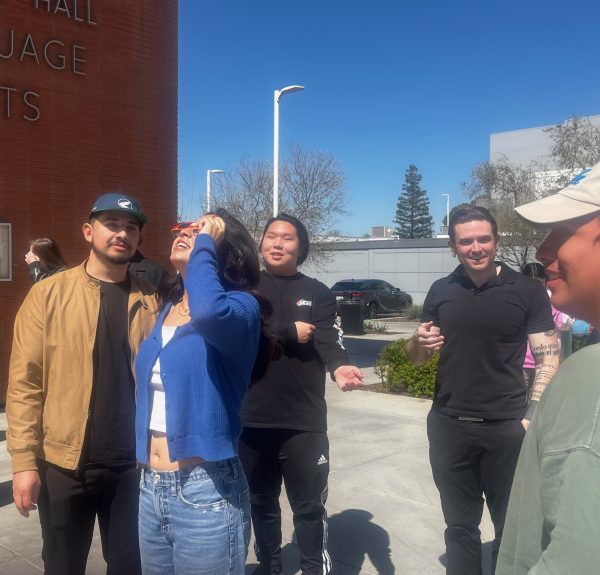
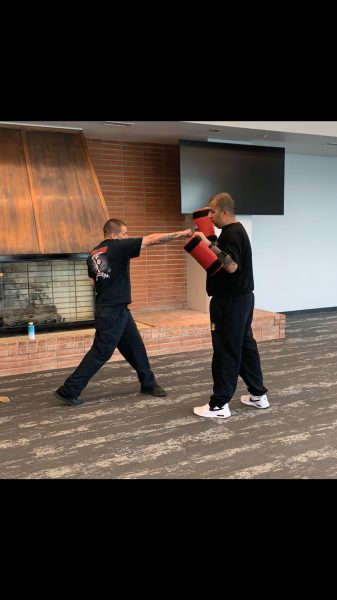

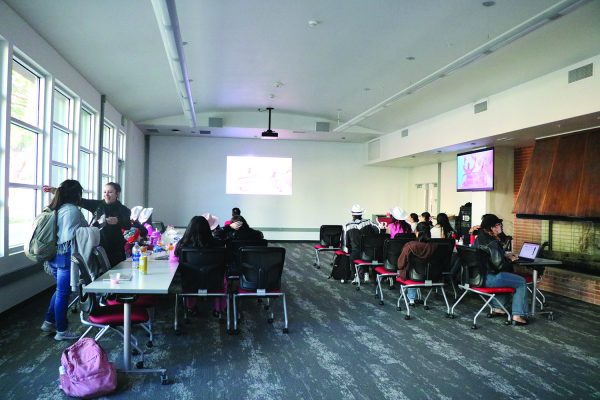
Ted Noble • Dec 18, 2018 at 11:05 am
This technology is designed to improve police response time, and identify more exacting locations of gunfire. It works. Like Taser some 10 years ago, some people just need to look at it negatively. While I get that, to suggest it infringes on public privacy is just ludicrous. This will measurably improve the police departments to react to crime. It should be implanted in all urban centers.
Anonymous • Sep 22, 2018 at 8:43 am
They more than just microphones, it is a recording device. Privacy infringement, just the beginning of a fall from grace… God have mercy on our souls.
Anonymous • Sep 22, 2018 at 8:39 am
Don’t want it
Steve. • Sep 22, 2018 at 8:39 am
To whom it may concern,
While this is a topic of the upmost importance involving a person’s privacy people tend to be ignorant. The only other comment on this site regarding to this the post has a misspelling (Blaim). Having it adds to the feeling of irresponsibility about the person who is commenting. That being said now a reader loses interest in the entire topic. It seem obvious that the commenter may be a person or agency that is trying hard to influence the public to accept this service that hasn’t been needed or and still isn’t wanted by the masses.
Franky the judge • Apr 29, 2018 at 7:28 am
It’s the dumbest shit I ever heard of. The people are not to blaim for the police slow response. Cops are the one’s to blaim for not ever making it on time how do I know this is true. The Fire Department told me. Police are dressed and on the road and still cannot make it before the firemen can. Picture surveillance would’ve been a great and effective add on to hundreds of thousands of free shot spotting ears already in existence. Instead we get a microphone to hear gunshots. Shot spotter solves nothing and has no advantage over other options including human reporting.